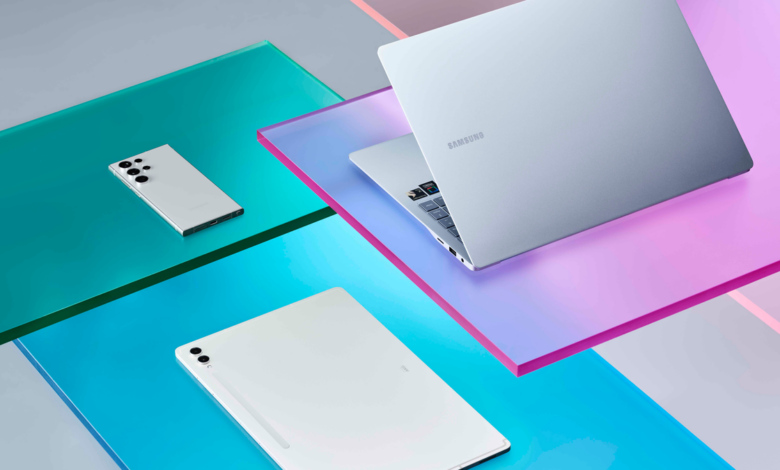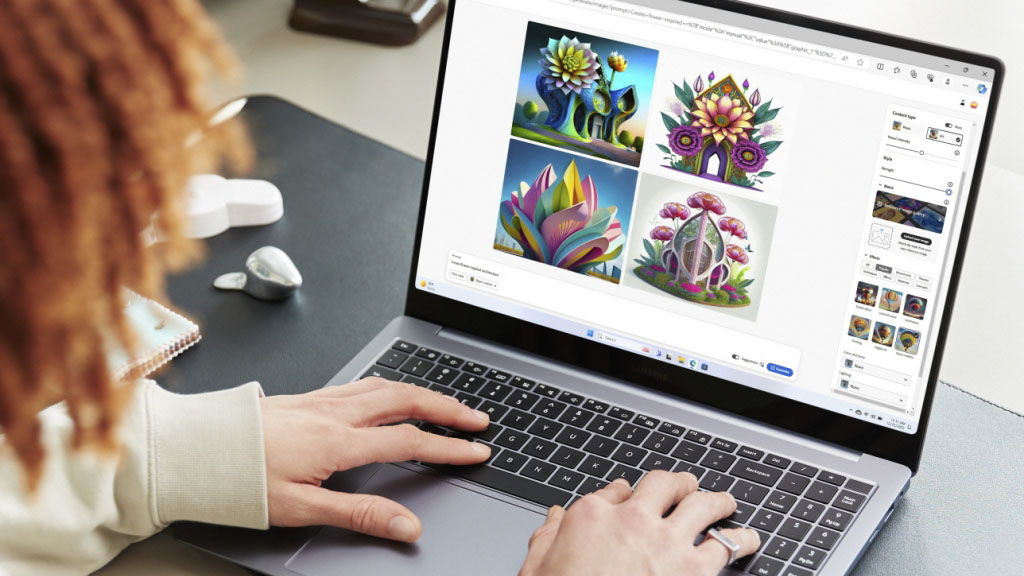I hated Samsung’s bloatware on laptops and phones, but Windows 11 and Android are the best options to take on Apple

Samsung has always made some of the best smartphones, and recently the company has also released some of the best laptops you can buy. However, there is one thing that has always put me off their products: the amount of bloatware that comes pre-installed.
The company’s attempts to force me to use apps like Samsung Internet Browser, Samsung Wallet, and Samsung Notes, when there are perfectly good Android alternatives, was one of the reasons I decided to upgrade to the Pixel 7 Pro when it came time to trade in my otherwise beloved Galaxy Note 9. Pixel phones come with the least amount of bloatware because they’re made by Google, the company behind Android and Chrome, Google Wallet, and Google Keep — all apps and services I actually use.
However, after my Pixel 7 Pro met an untimely end (essentially getting run over by a car), I went back to Samsung and bought the Galaxy S24 Ultra, primarily because it’s one of the best camera phones you can buy – but I feared a return of the bloat. I’ve found, however, that things have changed – and Samsung is starting to push its own software more and more.

Oh, there’s still that bloated feeling
When I say things have changed, I don’t mean that Samsung has removed the bloatware. It’s still there, and I had to spend more time than I would have liked removing or changing a lot of default apps and services before I could even use the phone.
What has changed, however, is that Samsung has made a better argument for how its various products can work together to create a near-seamless ecosystem, something Apple is good at but other laptop and phone makers have failed to do. It was something that became apparent when I started using the new Samsung Galaxy Book4 Edge laptop alongside my S24 Ultra.
If you own multiple Apple products, you might take for granted how well they work together. For example, you can view your iPhone’s messages (and soon its screen) on your Mac, and turn an iPad into a second display for your MacBook by simply placing the two devices close together.
Apple’s ecosystem might seem limiting at first (I would never buy an Apple Watch, even though it’s the best smartwatch for my needs, because it won’t work without an iPhone), but that tight control over hardware and software means that when you go all-in on Apple’s devices, you get a seamless, user-friendly experience that Apple’s competitors struggle to match.
The main reason for Apple’s success is that the company not only builds all of its devices, such as iPhones, iPads and Macs, but also makes the software that runs on those devices. That makes it much easier to create an ecosystem of integrated products.
Samsung, like almost all PC makers, doesn’t have that luxury. Its hardware is assembled by a wider range of manufacturers, its phones and tablets run Android, an operating system from Google, and its laptops run Windows 11, made by Microsoft.
While Windows 11 is getting better and better with Android devices, largely thanks to the excellent Phone Link app that lets you access your phone’s messages, photos, and even apps within Windows 11, it still doesn’t offer the same smooth experience as it does on a Mac and iPhone.
Samsung’s answer to this is to offer its own apps for most common tasks (calendar, notes, messaging, and so on), with both Windows 11 and Android versions. It’s not the most elegant solution – it means you’ll have to use Samsung’s apps and keep them installed on your devices, and you’ll also need to have a Samsung account.
Once I was logged into both the Samsung Galaxy Book4 Edge and my Galaxy 24 Ultra, I started playing around with the ecosystem. QuickShare is Samsung’s version of AirDrop, allowing you to quickly send and receive files between the Galaxy Book and Galaxy phone, and it’s something that’s proven pretty useful, as I often find myself having to email myself documents from my phone in order to open them on my PC.

Another cool feature is the ability to use the Samsung Galaxy S24 Ultra as a webcam for the Galaxy Book4 Edge. Thanks to the excellent cameras on the S24 Ultra, you can drastically improve the image quality of your video calls compared to the Galaxy Book4 Edge’s built-in webcam. Again, this is similar to a feature in macOS that lets you use your iPhone as a webcam, and while there are existing ways to use a smartphone as a webcam in Windows 11, this is the first time I’ve seen it implemented in such a simple and user-friendly way.
With my S24 paired with the Galaxy Book4 Edge, I was also able to use the laptop’s keyboard and trackpad to control the phone, but perhaps the best feature I’ve tried so far is using a Galaxy Tab tablet as a second display for the Galaxy Book4 Edge. This is an excellent and genuinely useful feature – I use Apple’s Sidecar feature, which lets me use my iPad as a second display for my MacBook, a lot, and I’d be glad to see a similar feature for Windows 11 and Android. While the implementation isn’t as seamless as Sidecar (which detects when a MacBook and iPad with the same Apple ID are near each other and prompts you to extend your display), it’s relatively easy to set up and works well.
Sure, you need Samsung devices and apps, but what Samsung offers is the closest I’ve ever seen to a cohesive ecosystem of devices and software that rivals Apple’s. It means Windows 11 users with Android phones won’t have to look at Apple users with such envy any longer.
Of course, it’s also good for Samsung, because it means that if you own a Samsung smartphone and are in the market for a new laptop, a Samsung Galaxy Book is an attractive option. Case in point: I was in need of some new wireless earbuds, and the ability to quickly swap audio from my Galaxy S24 Ultra to the Galaxy Book4 Edge made me decide to splash out on the Galaxy Buds 3 Pro.
It turns out that putting effort into giving customers useful, easy-to-use features pays off – and if manufacturers are going to pre-install apps on our devices, they need to give us a reason to use them. It’s a lesson Samsung seems to have learned from Apple – and I hope other laptop makers now take a lesson from Samsung.




